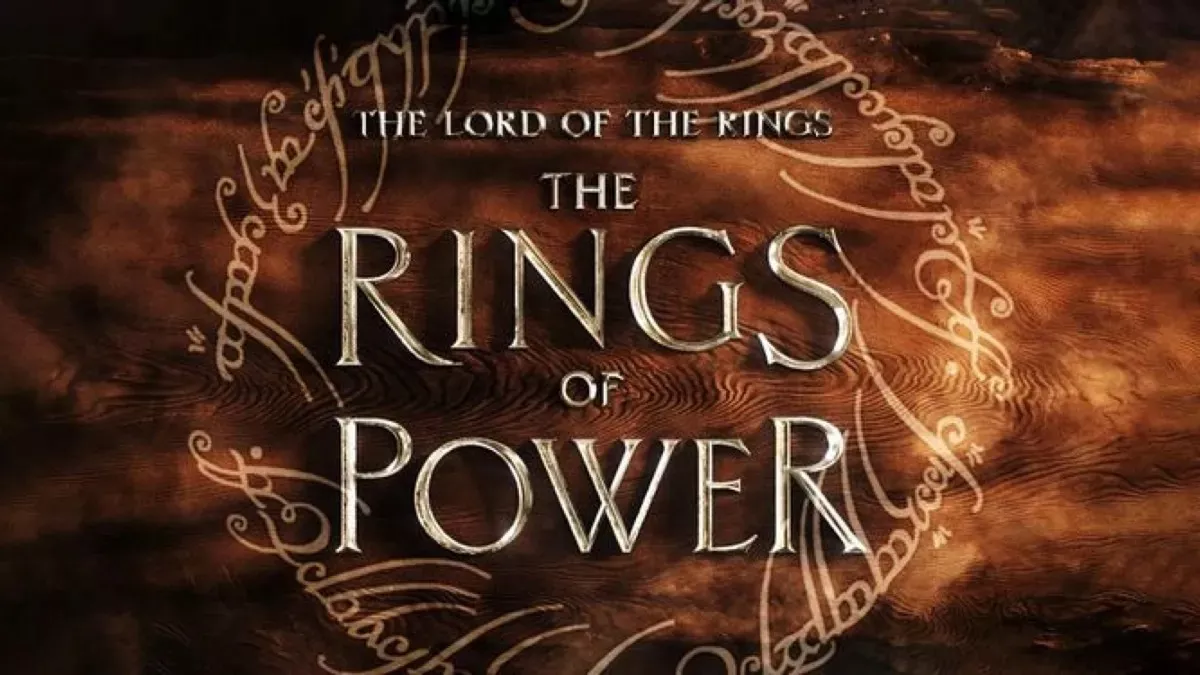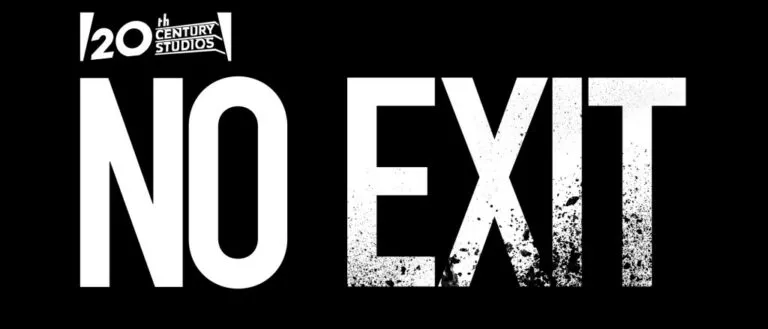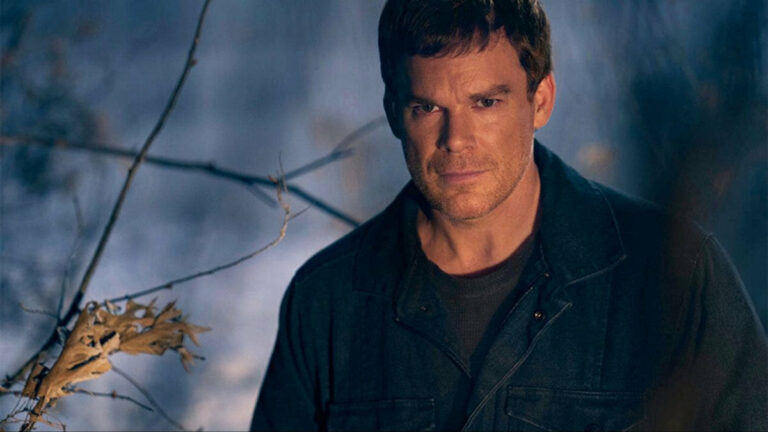A Guide To Where ‘The Lord Of The Rings: The Rings Of Power’ Sits In The Middle-Earth Timeline

The Lord of the Rings: The Rings of Power on Prime Video is a prequel to The Hobbit. Meaning, it takes place tens of thousands of years before the films and novel The Lord of the Rings. It’s been almost five years since Amazon first revealed plans to create a Lord of the Rings TV series.
But it’s taken a lot of time and effort to find the right J.R.R. Tolkien story to tell, guide the series through preparation and season 1 production, and ensure the show can accurately portray Middle-earth like Peter Jackson’s films did. While the first two episodes will soon be available to stream. And here’s where Amazon’s Lord of the Rings show sits in the Middle-earth timeline?
Where does The Rings of Power fit within the history of Middle-earth?
Tolkien created four Ages of Middle-earth during his lifetime. Tolkien’s The Silmarillion chronicles the First Age, termed “The Elder Days.” Tolkien begins this section of Middle-history Earth’s with the Ainulindal, a creation myth in which he tells us how a god-like creature called Eru Ilvatar created the world and began to fill it with races such as Elves and Men.
But, as with all acts of creation, corruption and anarchy follow. In this first epoch of Arda, the Big Bad is Morgoth, and his servant, Sauron, also makes his grand (and very unwelcome) entrance. The First Age concludes with the War of Wrath. In which the Elves, Men, Dwarves, and Valar band together to vanquish Morgoth and send Sauron into exile.
The Rings of Power is set in the Second Age of Middle-earth and begins up where the War of Wrath leaves off. At the start of this time period, Sauron is still keeping to himself. But he’s planning his return and eventual ascent to power. He is entirely responsible for the main conflict of the Second Age, which is depicted in The Rings of Power.
Sauron disguises himself and dupes the Noldor Elves into forging the titular rings of power. Nine for the Men, seven for the Dwarves, three for the Elves. You can chant the entire Ring-verse right now if you want. And of course, the infamous One Ring in the fortress of Barad-dûr, using Mount Doom’s fires.
The original trilogy and Peter Jackson’s circa-2000s film version take place in the Third Age, a cheeky few thousand years later. So most of your favorite characters—bar Galadriel, Elrond, and a couple of others—will not appear in The Rings of Power. The fourth age, known as the Age of Men by Tolkien, is the one he wrote the least about, but it appears to have been lived in general concord.
So, what happened during Middle-earth’s Second Age?
Tolkien’s Appendices offers a timeline of this historical period. It includes the early settlements of men in Middle-earth. The creation of the dwarves’ city of Moria (which appears in both The Fellowship of the Ring and The Rings of Dominance), and Sauron expanding his power over elves and men. During this time, Sauron persuaded experienced elven metalsmiths to make the magical rings that give Tolkien’s novels and the Amazon show their titles.
According to Tolkien’s timeline, the Second Age includes huge warfare between Sauron’s armies and the elves. Additionally, the creation of Sauron’s fortress at Mordor, fights between different groups of men, and even Sauron being captured by human forces (a ploy that, predictably, fails). The Second Age concludes where Jackson’s films begin: with an epic conflict in which Sauron is temporarily defeated. When the human monarch Isildur decides to keep the One Ring for himself, his evil presence is maintained alive; eventually, the Ring finds its way to Gollum, Bilbo, and Frodo.
Given that the story covers thousands of years, it’s unclear how Payne and McKay intend to address all of this material: That’s a lot of ground to cover even with five seasons. The early episodes of The Rings of Power do not have substantial time leaps. However, it is possible that significant time will pass between seasons. Alternatively, the show could condense events.
In any case, Tolkien included a fascinating depiction of the Second Age in his Appendices: “These were the dark years for Men of Middle-earth,” he writes of the Second Age. “Of events in Middle-earth, the records are few and brief, and their dates are often uncertain.” It’s now up to Payne and McKay to fill in the blanks with drama and excitement.
Hope this helped you understand where The Rings of Power sits in the Middle-earth timeline. Let us know your views in the comments section below.






